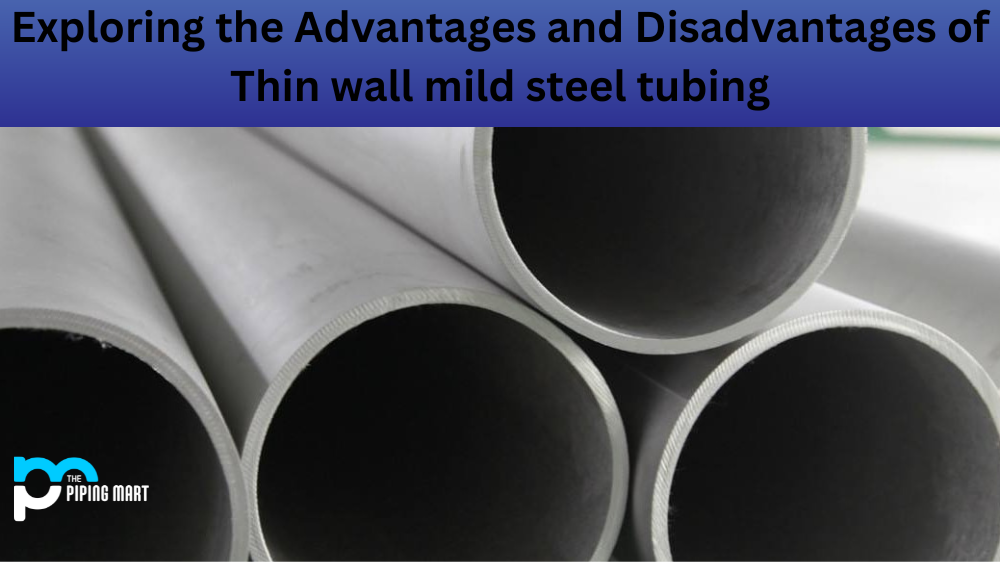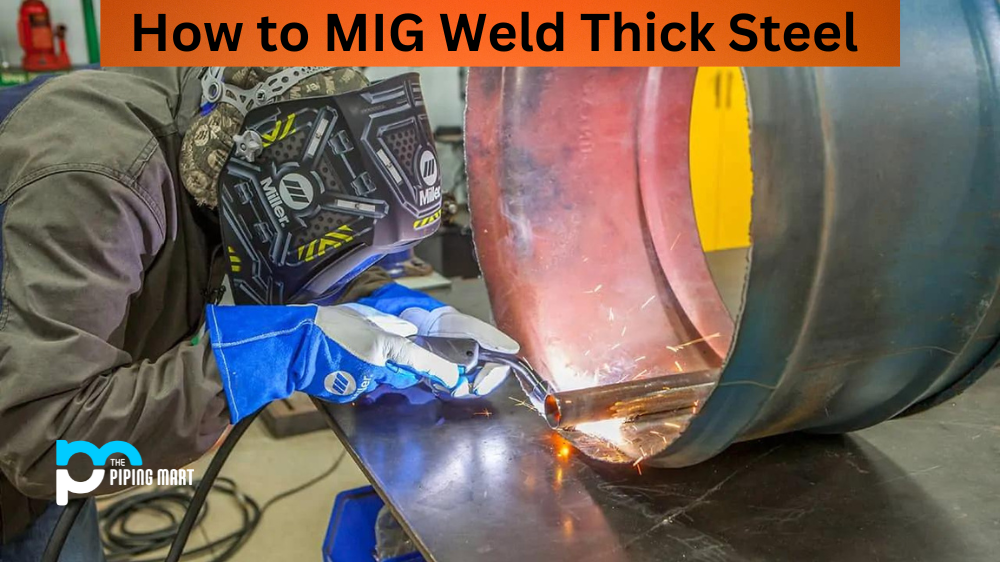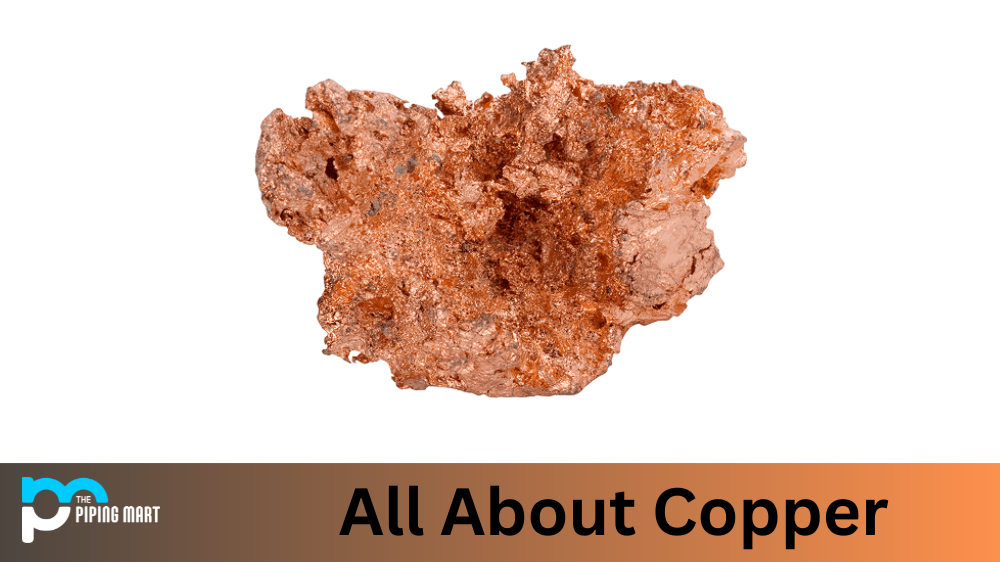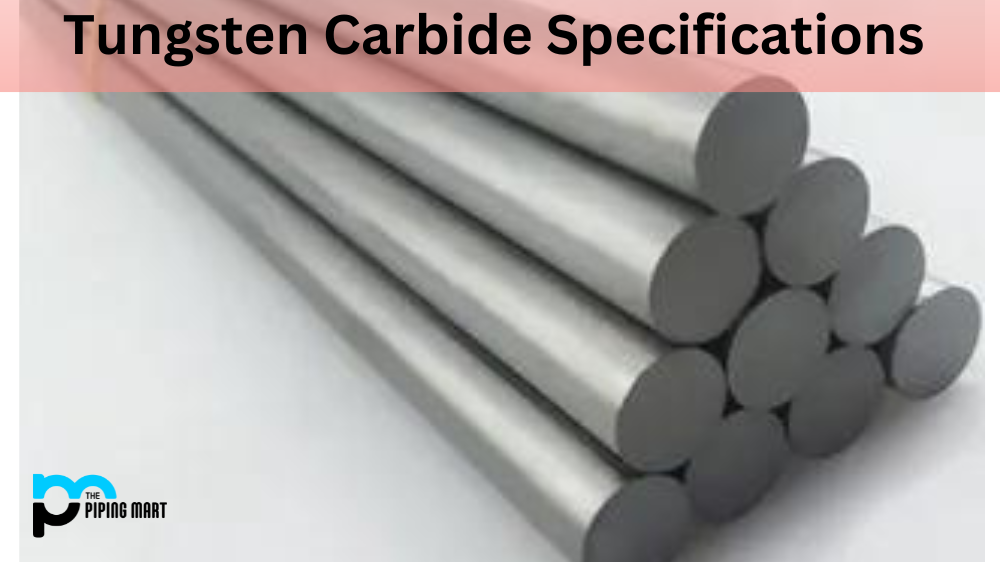Thin wall mild steel tubing is an economical option for many applications. It is lightweight, corrosion-resistant, and easy to install. However, it is not without its drawbacks. Let’s take a look at some of the advantages and disadvantages of thin wall mild steel tubing so you can decide if it’s the right choice for your project.
5 Advantages of Thin Wall Mild Steel Tubing
The main advantage of thin wall mild steel tubing is that it is relatively inexpensive compared to other types of metal tubing. This makes it an attractive option for those on a budget or with limited resources. It is also lightweight, making it easier to transport and install than heavier metals like stainless steel or aluminum. Additionally, thin wall mild steel tubing has excellent corrosion resistance, which helps to ensure that it will last longer and require less maintenance over time.
- Thin wall mild steel tubing is used in a variety of applications, including automotive, aerospace, and construction.
- Thin wall mild steel tubing is strong and durable yet lightweight and easy to work with.
- Thin wall mild steel tubing is resistant to corrosion and can withstand high temperatures.
- Thin wall mild steel tubing is less likely to leak than thicker tubing, making it ideal for use in high-pressure applications.
- Thin wall mild steel tubing is available in a variety of sizes and can be custom-ordered to meet the specific needs of your project.
5 Disadvantages of Thin Wall Mild Steel Tubing
One disadvantage of thin wall mild steel tubing is that it has a poor thermal conductivity which means that heat does not transfer through the material easily. This can be especially problematic in applications where heat needs to be dissipated quickly or efficiently, such as in auto exhaust systems or air intake systems. Additionally, thin-wall mild steel tubing can be more prone to dents and scratches due to its thinner walls when compared to thicker-walled options such as stainless steel or aluminum tubing.
Limited Strength
One of the primary disadvantages of thin wall mild steel tubing is that it has limited strength. This type of tubing is not as strong as other types of steel tubing, such as thick wall mild steel tubing. This means that it is not well-suited for applications where high levels of strength are required, such as in the construction of buildings or bridges.
Limited Durability
Another disadvantage of thin wall mild steel tubing is that it is not as durable as other types of steel tubing. This type of tubing is more likely to corrode or suffer from other wear and tear. This can be a problem in applications where the tubing will be exposed to harsh conditions, such as in the automotive industry.
More Expensive
Another downside to thin-wall mild steel tubing is that it is typically more expensive than other types of steel tubing. This is because it is more difficult to produce and requires more specialized equipment. This increased cost can be a problem in applications where cost is a major concern, such as in the aerospace industry.
Difficult to Work With
Another disadvantage of thin-wall mild steel tubing is that it can be difficult to work with. Due to its thin walls, this type of tubing can be difficult to cut, bend, or weld. This can be an issue in applications where precise tolerances are required, such as in the medical industry.
Not Suitable for Every Application
Finally, it’s important to note that thin wall mild steel tubing is not suitable for every application. While it has some advantages, such as being lightweight and easy to work with, its limitations mean it’s not always the best choice for every project.
Conclusion:
Thin wall mild steel tubing has many advantages, including affordability, lightweight, and corrosion resistance. However, it also has some drawbacks, such as its poor thermal conductivity and susceptibility to dents and scratches. When choosing the right type of metal tubing for your project, consider both the advantages and disadvantages of thin wall mild steel so you can make an informed decision based on your needs and budget constraints. Doing your research ahead of time can ensure that you are selecting the best possible product for your unique application needs!
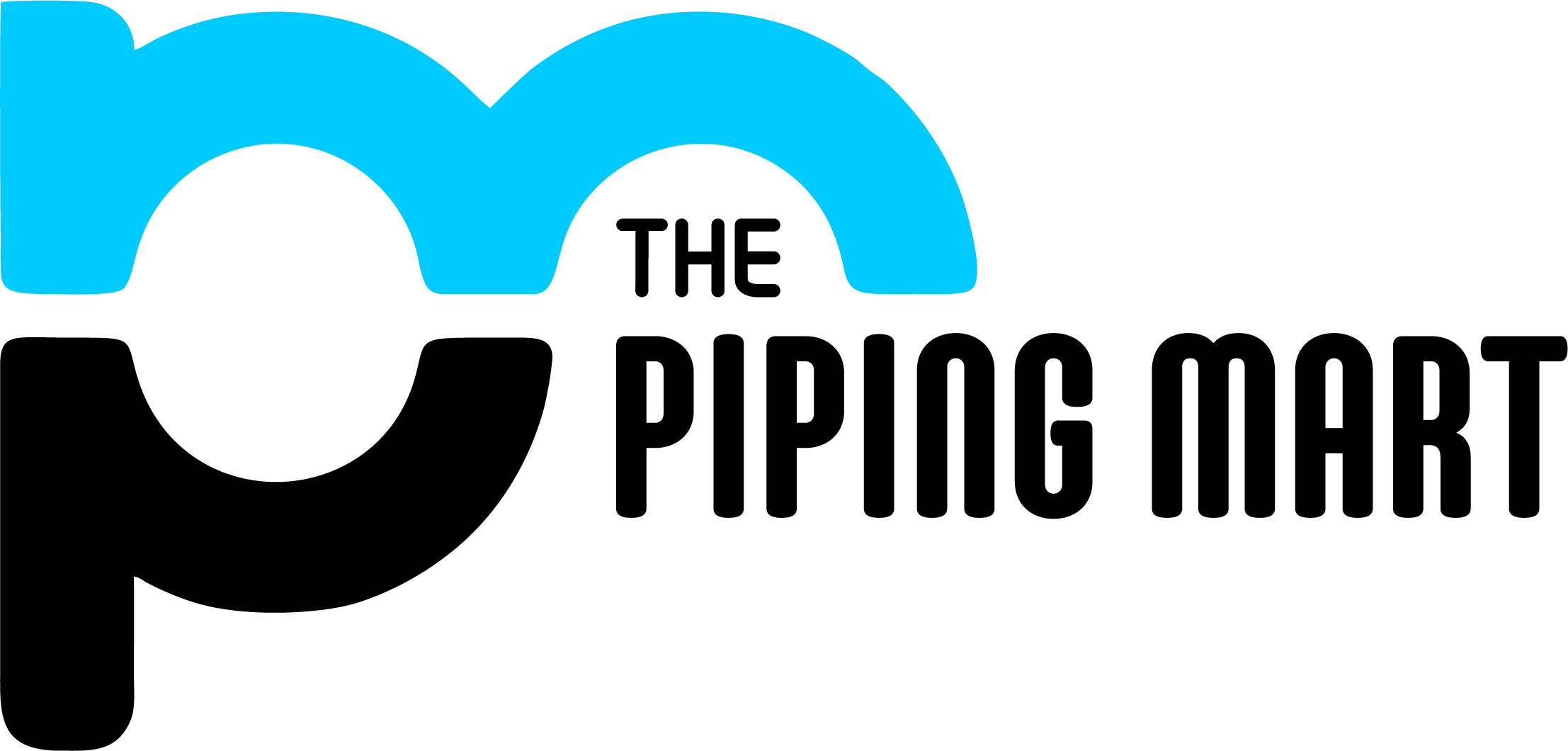
Pipingmart is a B2B portal that specializes in metal, industrial and piping items. Additionally, we share the latest information and information about materials, products and various types of grades to assist businesses that are involved in this business.

